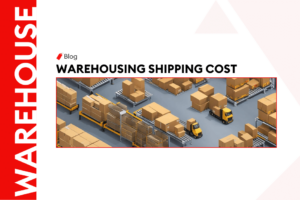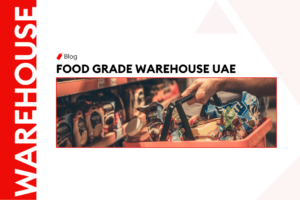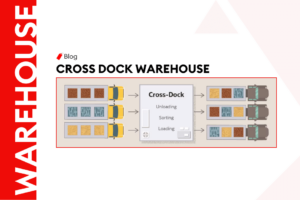Home » Services » Door to Door » IMEA » Oman » Important Information Oman
Unlock seamless logistics solutions to foster dynamic trade growth between the UAE and Oman.
UAE - Oman
Important Information
Find key details about taxes, tariffs, restricted goods, cargo specifications, and local holidays relevant to trade between the UAE and Oman.
UAE Tariffs and Taxes
- Customs Duty: Generally, it is 5% on goods imported into the UAE. Some categories, like alcohol and tobacco, attract higher rates (50-100%).
- VAT: A standard 5% VAT is applied to most goods, with exemptions for specific products like healthcare, education, and essential goods.
Oman Tariffs and Taxes
- Customs Duty: Standard rate is 5% for most imported goods, while some essential goods may be exempt.
- VAT: Oman imposes a 5% VAT on goods and services, with exemptions for basic food items, healthcare, and education.
Restricted/Licensed Goods
Overview of restricted or licensed goods for import/export between the UAE and Oman:
- Alcoholic beverages (requires special import license)
- Pharmaceutical products (requires Ministry of Health approval)
- Chemical substances (requires special permits)
- Defense and security equipment
- Religious materials
- Broadcasting equipment
- Animal products (requires veterinary certification)
- Agricultural products (requires phytosanitary certificates)
Permissible Weights and Dimensions
This section provides guidelines for weight and dimension restrictions for cargo transported to Oman, ensuring compliance with road safety and transport regulations.
Light Vehicle
- Length: 6.0 meters
- Width: 2.5 meters
- Height: 3.0 meters
- Maximum Weight: 3.5 tons
- Maximum Axle Load: 2.5 tons
- Driven Axle Weight: 1.5 tons
Medium Truck
- Length: 12.0 meters
- Width: 2.6 meters
- Height: 3.6 meters
- Maximum Weight: 12.0 tons
- Maximum Axle Load: 8.0 tons
- Driven Axle Weight: 4.0 tons
Heavy Truck
- Length: 18.0 meters
- Width: 2.8 meters
- Height: 4.2 meters
- Maximum Weight: 40.0 tons
- Maximum Axle Load: 12.0 tons
- Driven Axle Weight: 6.0 tons
Local Holidays
This section highlights major local holidays in Oman that could impact trade schedules and logistics operations.
- January 1 - New Year’s Day
- July 23 - Renaissance Day
- Varies - Islamic New Year
- Varies - Prophet's Birthday
- November 18 - National Day
- Varies - Eid al-Fitr
Frequently Asked Questions (FAQ)
What are the major airports and seaports in Oman that support cargo operations?
Major airports include Muscat International Airport with a capacity of 350,000 tonnes/year and Salalah International Airport with 200,000 tons/year capacity. Key seaports are Port of Sohar with a capacity of 2 million TEU/year, Port of Salalah handling 4.5 million TEUs/year, Sultan Qaboos Port, and Duqm Port with a capacity of 5 million tonnes annually.
What documents are required for importing goods into Oman?
Essential documents for importing into Oman include the Commercial Invoice, Certificate of Origin, Packing List, Bill of Lading/Airway Bill, Import License (for restricted items), Customs Declaration Form, and Insurance Certificate.
What are the customs duties and VAT rates in Oman and the UAE?
In both Oman and the UAE, the standard customs duty rate is 5% for most imported goods. VAT is set at 5% in both countries, with specific exemptions for items like basic food products, healthcare, and education.
What are the restricted or licensed goods for trade between the UAE and Oman?
Restricted or licensed goods include alcoholic beverages, pharmaceutical products, chemical substances, defense and security equipment, religious materials, broadcasting equipment, animal products, and agricultural products. These goods require special permits, licenses, or certifications such as veterinary and phytosanitary certificates.
What are the leading import and export commodities between the UAE and Oman?
Oman's leading import commodities include machinery and equipment, vehicles and spare parts, electrical appliances, mineral fuels and oils, and iron and steel. The UAE's top imports are electronics, food and beverages, automobiles, gold and precious metals, and pharmaceutical products. Oman primarily exports crude oil and petroleum products, natural gas, minerals, fish and seafood, and dates and agricultural products, while the UAE exports petroleum products, aluminum and metal products, electronics, plastics, and textiles and garments.
Related Articles
Anything you need, We’re here to Help

Chat With Us
Effortlessly schedule your next shipment with us for reliable and timely delivery.

Request a Quote
Receive a personalized shipping quote that meets your specific logistic needs.









